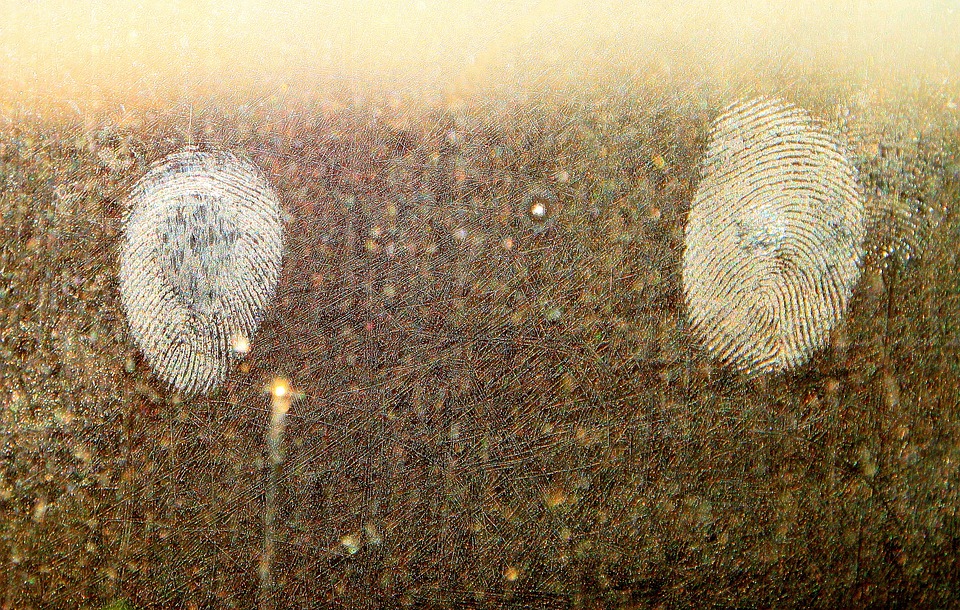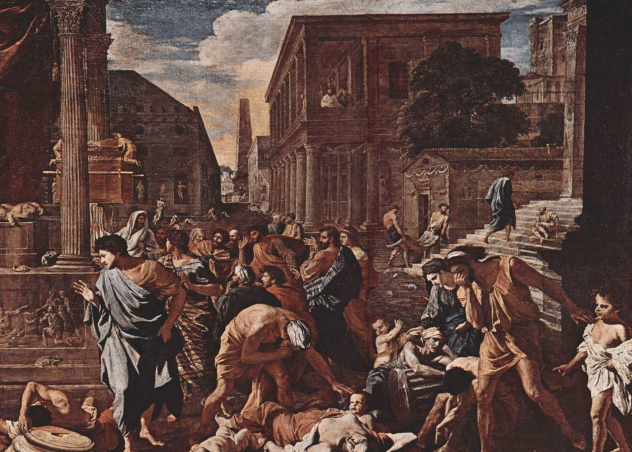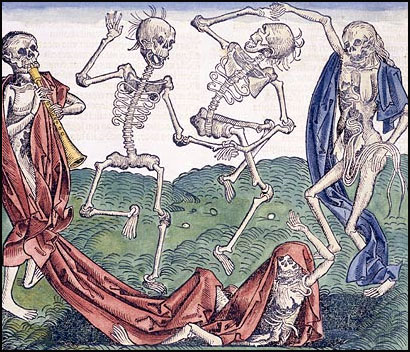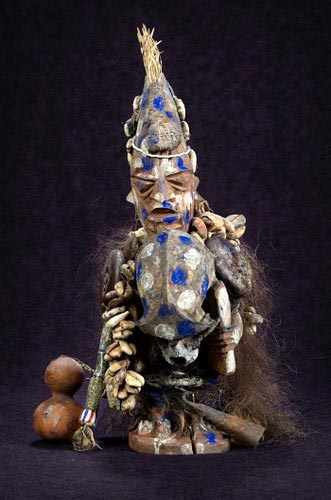The recent good weather in the UK has seen barbecues dusted off and people taking to the garden. Cue sneezes and runny eyes and noses. Yes, with the nice weather comes hay fever. Hay fever or allergic rhinitis affects somewhere between 26% and 30% of people in the UK. Symptoms include sneezing, swelling to the conjunctivae and eyelids, runny nose (rhinorrhea) and a blocked nose. Sometimes it can result in hospital admissions and death.
We all know that pollen is the cause behind hay fever. Pollen in the air is inhaled and trapped by hairs in the membrane of the nostrils. There the body responses to proteins on the surface of the pollen. These proteins are called allergens. Different types of pollen have different allergens. A type of white blood cell called a B cell produce an antbody called immunoglobulin E or IgE specific to a particular allergen. The IgE then binds to a type of cell called mast cells. These are found in some of the most sensitive parts of the body, including the skin, blood vessels, and respiratory system. Mast cells contain 500 to 1500 granules containing a mix of chemicals including histamine. This binding causes mast cells to release their histamine. It is histamine which causes the symptoms of hay fever by binding to histamine receptors throughout the body. Antihistamines work by binding to these receptors instead of histamine and blocking them.
But two centuries ago hay fever was a mystery. It took a couple of doctors with sneezing and blocked noses to research the problem to link it to pollen. This musing is their story.
The first description of what we would call hay fever came in 1819 in a study presented to the Medical and Chirurgical Society called ‘Case of a Periodical Affection of the Eyes and Chest’. The case was a patient called ‘JB’, a man “of a spare and rather delicate habit”. The patient was 46 and had suffered from cattarh (blockage of the sinus and a general feeling of heaviness and tiredness) every June since the age of eight. Numerous treatments including bleeding, cold baths, opium and vomiting were tried to no avail. What makes this study even more interesting is that ‘JB’ was the author, John Bostock, a Liverpool-born doctor who was not afraid to experiment on himself.
John Bostock
Bostock tried to broaden his research by looking for more sufferers, He found 28. In 1828 he published his work and called the condition, “catarrhus aestivus” or “summer catarrh”. After Bostock published an idea spread amongst the public that the smell of hay was to blame. This led to the colloquial term “hay fever”. Bostock didn’t agree and felt that the heat of summer was to blame. He rented a clifftop house near Ramsgate, Kent for three consecutive summers which helped. In 1827 The Times reported that the Duke of Devonshire was "afflicted with what is vulgarly called the Hay-fever, which annually drives him from London to some sea-port". In 1837 a few days before King William IV died the same paper reported that the king had "been subject to an attack of hay fever from which he has generally suffered for several weeks".
Charles Harrison Blackley
In 1859 another doctor, Charles Harrison Blackley, sniffed a bouquet of bluegrass and sneezed. He was convinced that pollen was to blame and methodically set out to prove it. He experimented on himself and seven other subjects. He first applied pollen to the nose and noted how it produced the symptoms of hay fever. He then covered microscope slides with glycerine and left them in the sunshine under a little roof for 24 hours before removing them and studying them under a microscope. He was then able to count the number of pollen granules in the air. In noted the prevalence of grass pollen in June, the time when symptoms were at their worse. To prove that wind could carry pollen great distances he then put similar slides up in kites to altitudes of 500 to 1500 feet. He discovered the slides there caught an even greater number of granules than at the lower level. In 1873 he published his work, Experimental Researches on the Causes and Nature of Catarrhus aestivus.
Fast forward to 1906. An Austrian paediatrician, Clemens von Pirquet, notices that if patients vaccinated against smallpox with horse serum are given a second dose they react quickly and severely. He correctly deduces that the body ‘remembers’ certain substances and produces antibodies against them. He calls this ‘allergy’. In the 1950s mast cells are discovered. In 1967 IgE is identified. The mechanism of allergic rhinitis and other allergies is finally understood. With this came new lifesaving treatment such as the EpiPen.
For a lot of us hay fever is an annual nuisance. But as we reach for the antihistamines and tissues we should thank a couple of 19th century sufferers who happened to turn their symptoms into a life’s work and, as a result, make hay fever that bit easier for us.
Thanks for reading
- Jamie




















